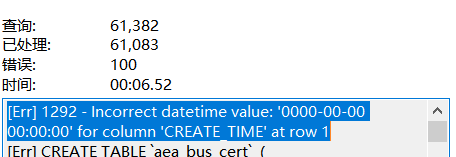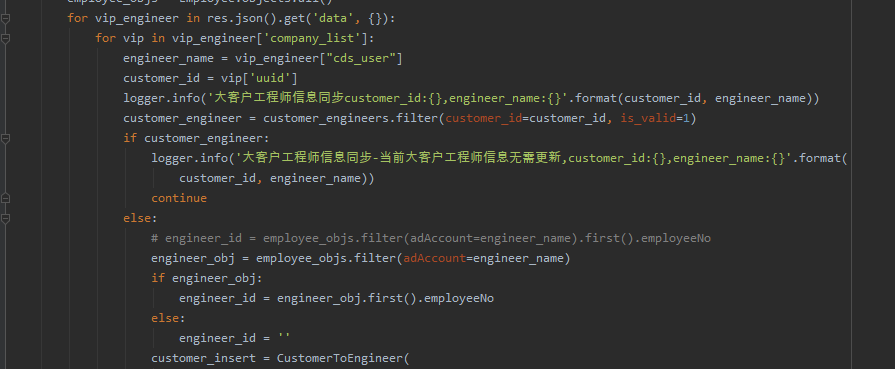Block
定义
rubysome_array.each { |value| puts value + 3 } sum = 0 other_array.each do |value| sum += value puts value / sum end
- A block is somewhat like the body of an anonymous method
- Block can take parameters
- Block 只有被 method 调用时才会起作用,如果 method 中有参数,block 出现在最后面
Block 中的变量
如果 block 的本地变量的名字和 block 之外但是在同样 scope 里面的 变量名字一样,那他们两个是一样的。block 内变量的值会改变 block 外变量的值。
rubysum = 0 [1,2,3,4].each do |value| sum += value puts value / sum end puts sum # => 30
如果 block 中的变量只出现在 block 中,那么它只是 block 中本地变量,无法在 block 之外被引用。
rubysum = 0 [1,2,3,4].each do |value| square = value * value sum += square end puts sum # => 30 puts square # undefined local variable or method 'square' for main:Object <NameError>
Parameters to a block are always local to a block, even if they have the same name as locals in the surrounding scope.
rubyvalue = "some shape" [1,2].each { |value| puts value } puts value # 1 # 2 # some shape
You can define a block-local variables by putting them after s semicolon in the block's parameter list
rubysquare = "some shape" sum = 0 [1,2,3,4].each do |value; square| square = value * value sum += square end puts sum # 30 puts square # some shape
By making square block-local, values assigned inside the block will not affect the value of the variable with the same name in the outer scope.
Blocks for Transactions
You can use blocks to define a chunk of code that must be run under some kind of transnational control
rubyclass File def self.open_and_process(*args) f = File.open(*args) yield f f.close end end File.open_and_process("testfile","r") do |file| while line = file.gets puts line end end
Blocks Can Be Objects
You can convert a block into an object, store it in variables, pass it around, and then invoke its code later.
如果 method 的最后一个参数前面有 & 符号 (&action), 那么当此 method 被调用时,Ruby 会找一个 code block, 这个 code block 被转换成 class Proc 的一个对象。
rubyclass ProcExample def pass_in_block(&action) @stored_proc = action end def use_proc(parameter) @store_proc.call(parameter) end end eg = ProcExample.new eg.pass_in_block { |param| puts "The parameter is #{param}" } eg.use_proc(99) # => The parameter is 99
rubydef create_block_object(&block) block end bo = create_block_object { |param| puts "You called me with #{param}" } bo.call 99 # => You called me with 99 bo.call "cat" # => You called me with cat
Ruby have two built-in methods that convert a block to an object: lambda and Proc.new
rubybo = lambda { |param| puts "You called me with #{param}" } bo.call 99 # => You called me with 99
Blocks Can Be Closures
Closure: Variables in the surrounding scope that are referenced in a block remain accessible accessible for the life of that block and the life on any Proc object created from that block.
rubydef n_times(thing) lambda {|n| thing * n} end p1 = n_times(23) p1.call(3) #=> 69 p2.call(4) #=> 92 def power_proc_generator value = 1 lambda { value += value } end power_proc = power_proc_generator puts power_proc.call # 2 puts power_proc.call # 4
lambda 表达式的另一种简写方式
rubylambda { |params| ... } # 与下面的写法等价 -> params { ... } # parmas 是可选的
rubyproc1 = -> arg1, arg2 {puts "#{arg1} #{arg2}"} proc1.call "hello", "world" # => hello world proc2 = -> { "Hello World" } proc2.call # => Hello World
Block Parameter List
Blocks can take default values, splat args, keyword args and a block parameter
rubyproc = -> a, *b, &block do puts "a = #{a.inspect}" puts "b = #{b.inspect}" block.call end proc.call(1,2,3,4) {puts "in block"} # a = 1 # b = [2,3,4] # in block
Iterator
定义
A Ruby iterator is simple a method that can invoke a block of code.
- Block 一般是跟着 method 出现的, 并且 block 中的代码不一定会执行
- 如果 method 中有
yield, 那么它的block 中的代码会被执行- Block 可以接收参数,和返回 value
rubydef two_times yield yield end two_times { puts "Hello" } # Hello # Hello
rubydef fib_up_to(max) i1, i2 = 1. 1 while i1 <= max yield i1 i1, i2 = i2, i1 + i2 end end fib_up_to(1000) { |f| print f, " " } # 1 1 2 3 5 8 13 21 34 55 89 144 233 377 610 987
- 上面代码中的 yield 之后的
i1会作为 parameter 传入到 block 中, 赋值给 block 的 argumentf。 - Block 中可以有多个 arguments.
常见的 iterator
each
each is probable the simplest iterator - all it does is yield successive elements of its collection.
ruby[1, 3, 5, 7, 9].each { |i| puts i } # 1 # 3 # 5 # 7 # 9
find
A blocl may also return a value to the method. The value of the last expression evaluated in the block is passed back to the method as the value of the yield.
rubyclass Array def find each do |value| return value if yield(value) end end end [1,3,4,7,9].find { |v| V*V > 30 } # => 7
collect (also known as map)
Which takes each element from the collection and passes it to the block. The results returned by the block are used to construct a new array
ruby["H", "A", "L"].collect { |x| x.succ } # => ["I", "B", "M"]
inject
The inject method lets you accumulate a value across the members of a collection.
ruby[1,3,5,7].inject { |sum, element| sum + element } # => 16 # sum = 1, element = 3 # sum = 4, element = 5 # sum = 9, element = 7 # sum = 16 [1,3,5,6].inject { |product, element| product*element } # => 105
If inject is called with no parameter, it uses the first element of the collections as the initial value and starts the iteration with the second value.
上面代码的另一种简便写法:
ruby[1,3,5,7].inject(:+) # => 16 [1,3,5,7]/inject(:*) # => 105
Iterator 和 I/O 系统的交互
Iterators 不仅仅能够访问 Array 和 Hash 中的数据, 和可以和 I/O 系统交互
rubyf = File.open("testfile") f.each do |line| puts "The line is: #{line}" end f.close produces: The line is: This is line one The line is: This is line two The line is: This is line three
Parameter 和 Argument
目前,我的理解是 Parameter 是实际参数,而 Argument 是形式参数













